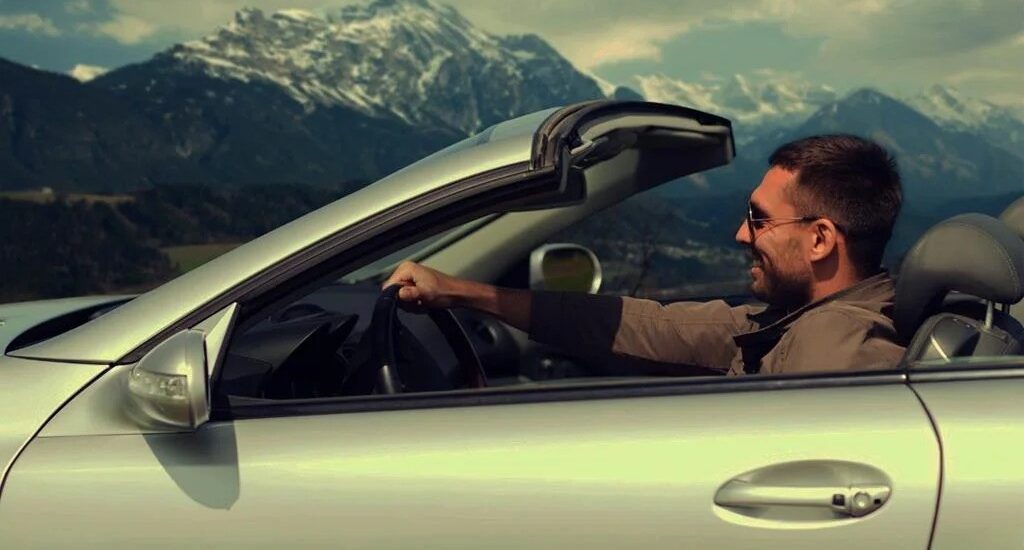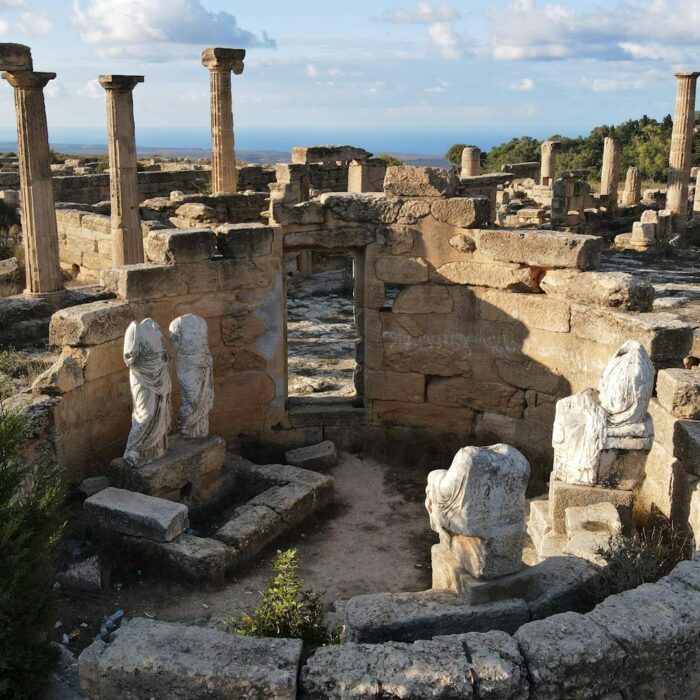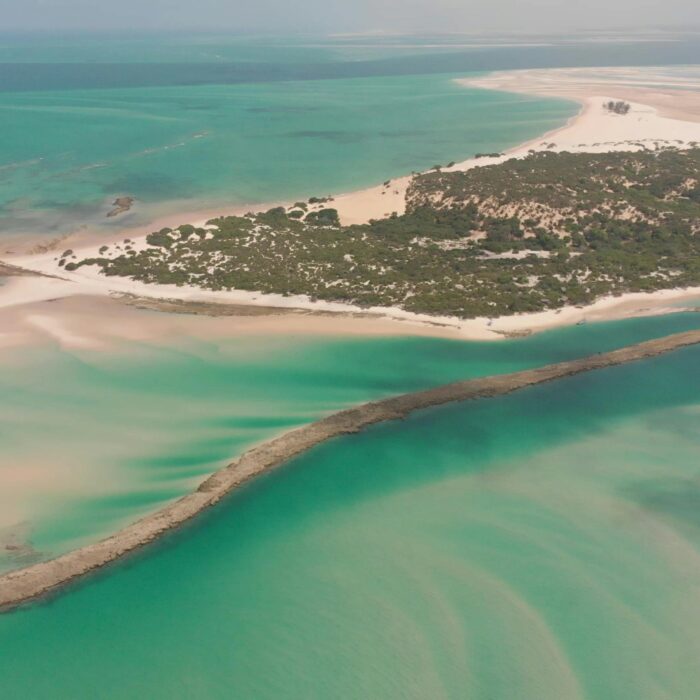Austria is a country with exceptional road conditions and exemplary driving standards. The same is true of driving habits in Austria. According to Statista.com, in 2016 Austria received a rating of 6 on a scale of 1 (= under-developed) to 7 (= extensively developed according to international standards) and was ranked sixth among the countries with the highest road quality. Traffic rules and regulations are obeyed strictly and scrupulously. Tourists driving in Austria should first get to know some important nuances. Stay tuned and you will explore all of them.
Austria Driving License Requirements for Foreign Visitors
The documentation requirements for driving in Austria depend on your country of residence:
- EU residents: If you are a resident of any EU country and have a European driving license, you don’t need any other documents to drive across Austria
- Non-EU residents: You must have an international driving licence in Austria since national driver’s license will be considered invalid
Austria Road Rules and Highway Regulations
Vignette System and Toll Roads
Austria operates an extensive toll system for autobahns and highways. The cost of travel depends on the permission expiry date. When crossing the border, buy a vignette at specially indicated places upon entry to the country or at cross-border gas stations.
Vignette prices (current rates):
- 10 days: €9
- 2 months: €26
- 1 year: €87
Place the vignette in the left upper corner or in the centre of the upper side of the windshield according to the instruction on the reverse side. If the vignette is positioned incorrectly, it is not considered valid.
Additionally, panoramic alpine routes and tunnels require separate tolls. To drive these routes in winter, you must have anti-skid chains. This is mandatory for all drivers.
Speed Limits in Austria
- Autobahns (daytime): 130 km/h maximum
- Autobahns (nighttime 22:00-05:00): 110 km/h maximum
- Urban areas: 50 km/h maximum
- Rural areas: 100 km/h maximum
Speed limit violations result in minimum fines of €20. The more you exceed the allowed speed limit, the higher the penalty. Police impose fines on-site by issuing receipts. If you don’t have sufficient cash immediately, you must pay a deposit and settle the remaining amount at a bank within two weeks. Otherwise, the fine will be collected through court action at double the rate.
Essential Traffic Rules and Equipment Requirements
Austria has specific guidelines for roundabout entry. If there are no other road signs, priority is given to cars entering the circle. Note that many European countries follow the opposite rule, giving priority to circulating traffic.
Prohibited items and equipment:
- Radar detectors: Using and transporting antiradars in Austria is strictly prohibited
- Dashboard cameras: Not allowed in Austria
Mandatory equipment to keep in your vehicle:
- Reflective safety jacket (must be in cabin, not trunk)
- First aid kit
- Warning triangle
- Fire extinguisher
- Winter tires (November 1 – April 15) or studded tires (October 1 – May 31)
In case of vehicle breakdown, you may only exit the car while wearing your reflective jacket.
Additional Driving Regulations and Fines
- Headlights: Must be turned on regardless of weather conditions and time of day (fine: €21)
- Emergency lane usage: Using the left-hand lane (rapid corridor) during traffic jams is prohibited (fine: €2,180)
- Seatbelt violation: €35 fine
- Mobile phone usage: €50 fine (hands-free devices are permitted)
Austria maintains strict drunk driving laws. The maximum allowed blood alcohol concentration is 0.05% for experienced drivers. Violations result in fines ranging from €300 to €5,900, with potential license suspension for up to six months. For drivers with less than two years of experience, the limit is reduced to 0.01%.
Fuel transport is limited to 10 liters maximum in your cabin. Gas stations typically operate 12 hours daily (9 AM – 9 PM) except Sundays. EuroSuper (equivalent to АИ-95) costs approximately €1 per liter. Note that gas station restrooms require payment.
In case of accidents, call police only if there are injuries. Emergency numbers:
- Police: 133
- Fire department: 122
- Ambulance: 144
- Rescue services: 140
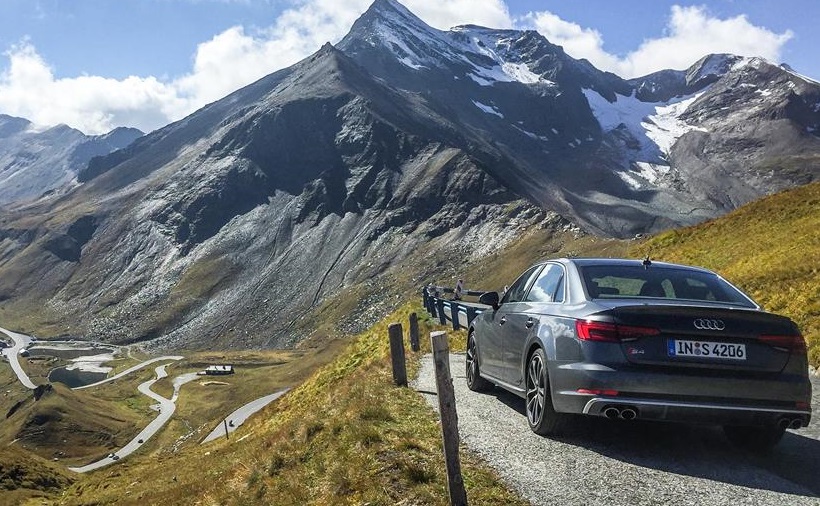
Austria Parking Rules and Regulations
Parking in Austria operates on a paid system with specific exceptions and regulations:
Free Parking Periods
- Sundays: Free parking throughout Austria
- Saturdays: Generally free, except city center parking (09:00-13:00)
Parking Restrictions and Guidelines
- Winter prohibition on roads crossing tram tracks
- No parking where yellow zigzag markings are present
- City center open parking lots: maximum 1.5 hours
- For longer stays, use indoor underground parking
Special Parking Systems
“Blue Parking” zones: Available in large cities, requiring a timer card (free from tobacco shops). Maximum parking duration: 3 hours.
Vienna parking rules: Payment required from 09:00-22:00 using specialized parking tickets available at tobacco shops or gas stations.
Regional variations: In Bludenz, Dornbirn, Feldkirchen, and Bregenz, parking fees are paid via specialized machines or cash desks.
Parking violations result in fines of €200 or more, plus vehicle towing to distant impound lots.
Driving in Austria with a US License: Requirements and Process
American visitors should note that a US driver’s license alone is insufficient for driving in Austria. You must also apply for an International Driving Permit (IDP). This document is supplementary and should not replace your valid country’s driving permit, as it serves only as an Austria driver’s license translation.
Statistics show that in 2016, approximately 118,000 driving licenses were issued for the first time or had additional categories added to existing licenses, representing a 5.4% decrease from 2010 levels.
Car Rental in Austria: Complete Guide
Austria offers countless architectural marvels: castles, abbeys, and historic cities. The country spans multiple climate zones, featuring picturesque nature reserves, national parks, and various resorts including ski destinations and thermal baths. Eight UNESCO World Heritage Sites are located in Austria, with Vienna considered the Pearl of Europe. Experiencing all these wonders via public transport is impractical, as transfers are expensive and inconvenient. Renting a car provides the optimal solution.
Vehicle Selection and Booking Tips
- City driving: Reserve smaller, more maneuverable vehicles
- Mountain/country driving: Book larger, more powerful vehicles
- Transmission preference: Book automatic transmission vehicles in advance as they’re in limited supply
Rental Requirements and Restrictions
- Minimum age: 21 years
- Driving experience: Minimum 2 years required
- Processing time: Registration and handover take 10-15 minutes
- Payment flexibility: Lease agreements possible without credit cards or upfront reservations
Insurance and Pricing Options
Mandatory insurance: Liability insurance is the only required coverage in Austria. However, additional coverage for rental vehicle damage is highly recommended.
Payment methods typically include:
- Fixed daily rate
- Per-mile payment with agreed kilometer limits
Insurance costs depend on vehicle power, driving experience, and accident-free driving record. Standard documentation includes driving licenses for Austria and car registration certificates (temporary certificates accepted).
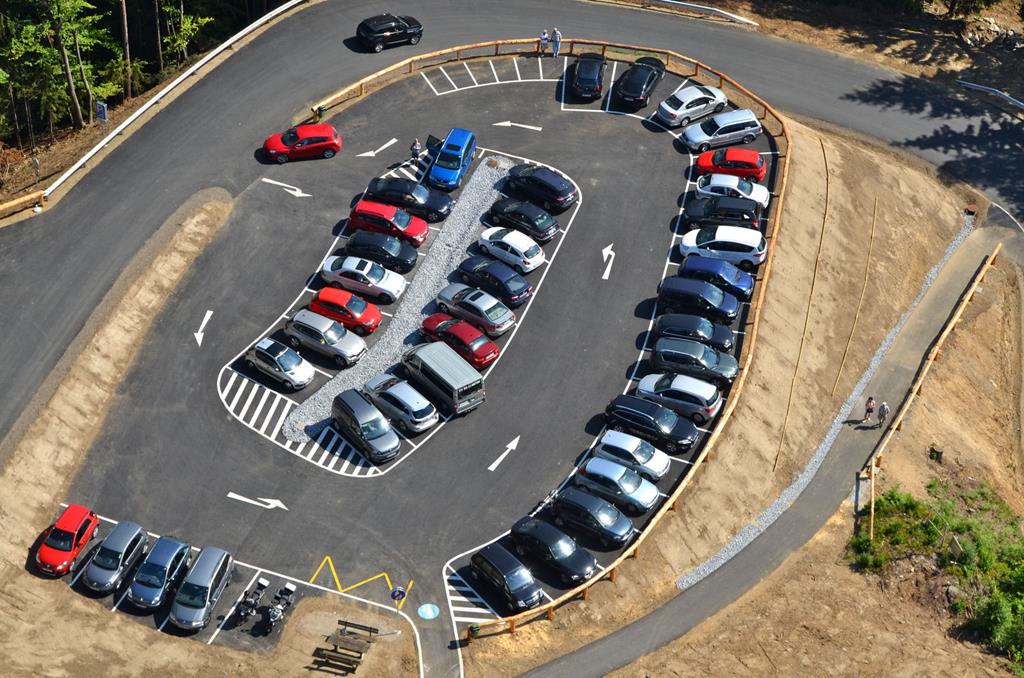
International Driving Permit Application
If you still need an International Driving License (IDL), apply immediately through our website. Drive across Austria with confidence! Remember to always carry your national driving permit alongside your IDL.

Published October 23, 2017 • 6m to read

